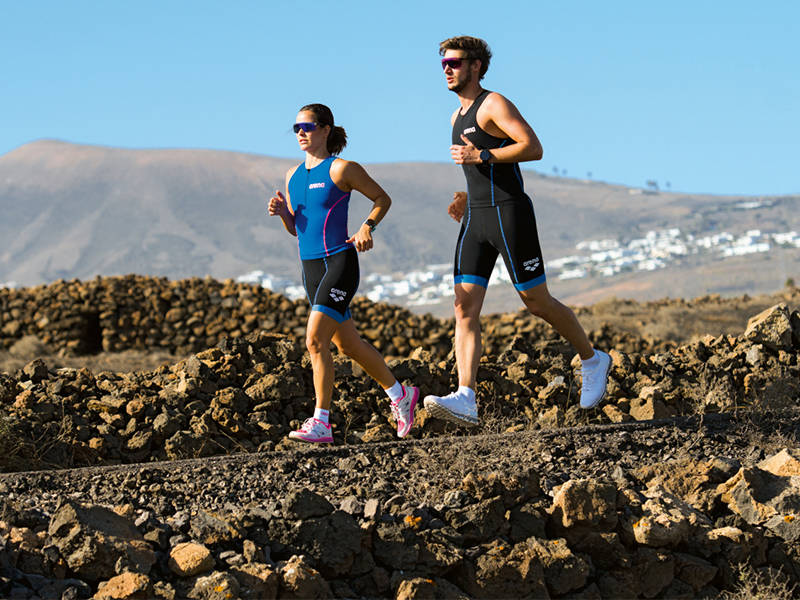Planning a triathlete’s season (age grouper*) can be a tricky challenge. Incorporating three sessions in the pool, three sessions on the bike and three sessions of running in one single week, including a day off, means that double-session training days are inevitable.
This inevitably poses the following question: how do you train for the various different disciplines and in what order? Three things in particular need to be taken into consideration when devising a winning plan: specificity, the quality of your training sessions/recovery and planning.
Specificity means training by simulating what you will have to do in a race. This does not mean always training at race pace, but rather training in a way that simulates what happens in a race. In other words, whenever possible, do your swim training first, followed by the bike and then, lastly, your run. You should train in the same order you will be racing, so your body will get used to cycling after swimming and then running after getting off the bike.
- Have fun planning ‘brick’ sessions. For example, swimming-cycling-swimming-cycling or cycling-running-cycling-running in one single session. Of course it is not easy to plan so-called ‘brick’ sessions, so it is always advisable to consult an expert that can tell you the best way to go about it.
The second key factor is the quality of your training sessions and recovery. What time of day or what day of the week are you “freshest” to train best? The answer to this question will determine how your quality sessions are incorporated in your weekly planning. In fact you should perform your quality training sessions at times of day (or on the days) when you have most energy to devote to these sessions.
- If you have planned two training sessions on the same day, including a quality run and a more aerobic/technical swim, my advice is to do your hard run session during your lunch break. This will allow you to use the energy you have stored up from your breakfast and mid-morning snack, leaving your swim session to the end of the day and treating it as active recovery.
The aim in this particular case is quality training and managing your recovery, so it is no big deal if this training session fails to meet the specificity criterion. Remember that you have various different targets in your weekly plan that all need to be achieved in order to perform at your best.
Finally, study your plan carefully. All non-professional athletes have hundreds of other commitments throughout the week that have nothing to do with triathlon training. This means planning your training sessions either early in the morning or late in the evening. So when you are planning your weekly training sessions, think carefully about the time of day when you will be training, remembering that a session done at the wrong time is a wasted session.
- plan your quality training sessions on the days (or times of day) when you have most energy
- always remember to rest enough between one quality session and the next
- try to incorporate specificity in your sessions keeping to the order of the race: swim-bike-run.
Last but not least, remember that training must be enjoyable and rewarding, do not turn a pleasure into a nightmare to be avoided at all costs.
* age groupers, non-professional athletes divided up according to age categories (20-24 years, 25-29 years…70-74 years and over 75 years)
